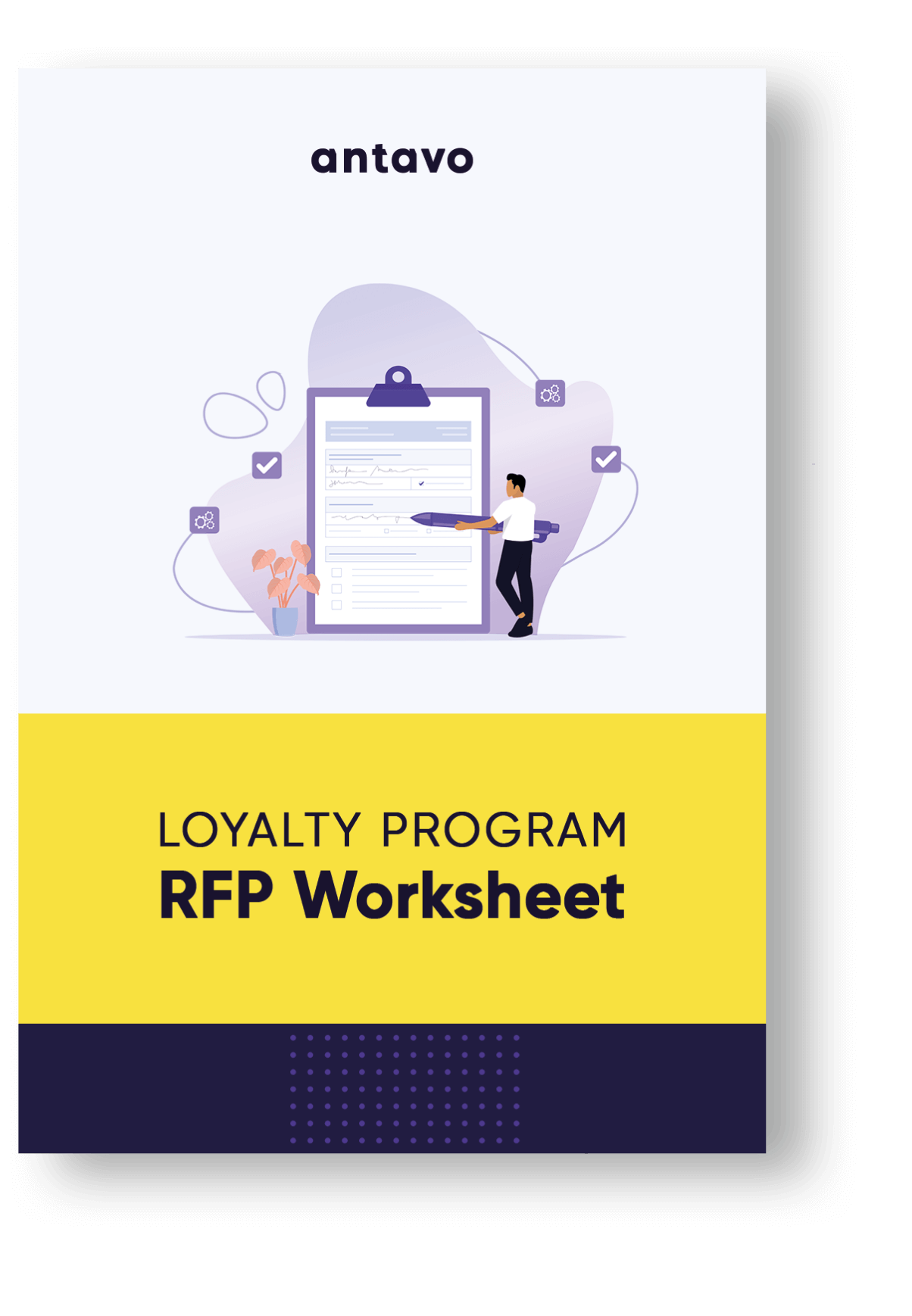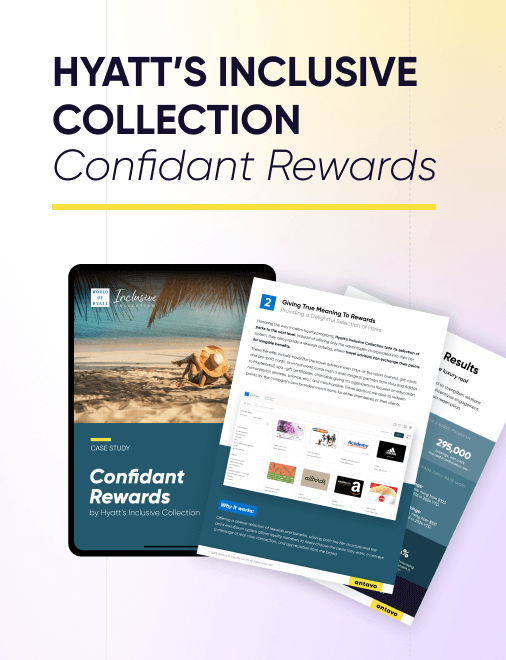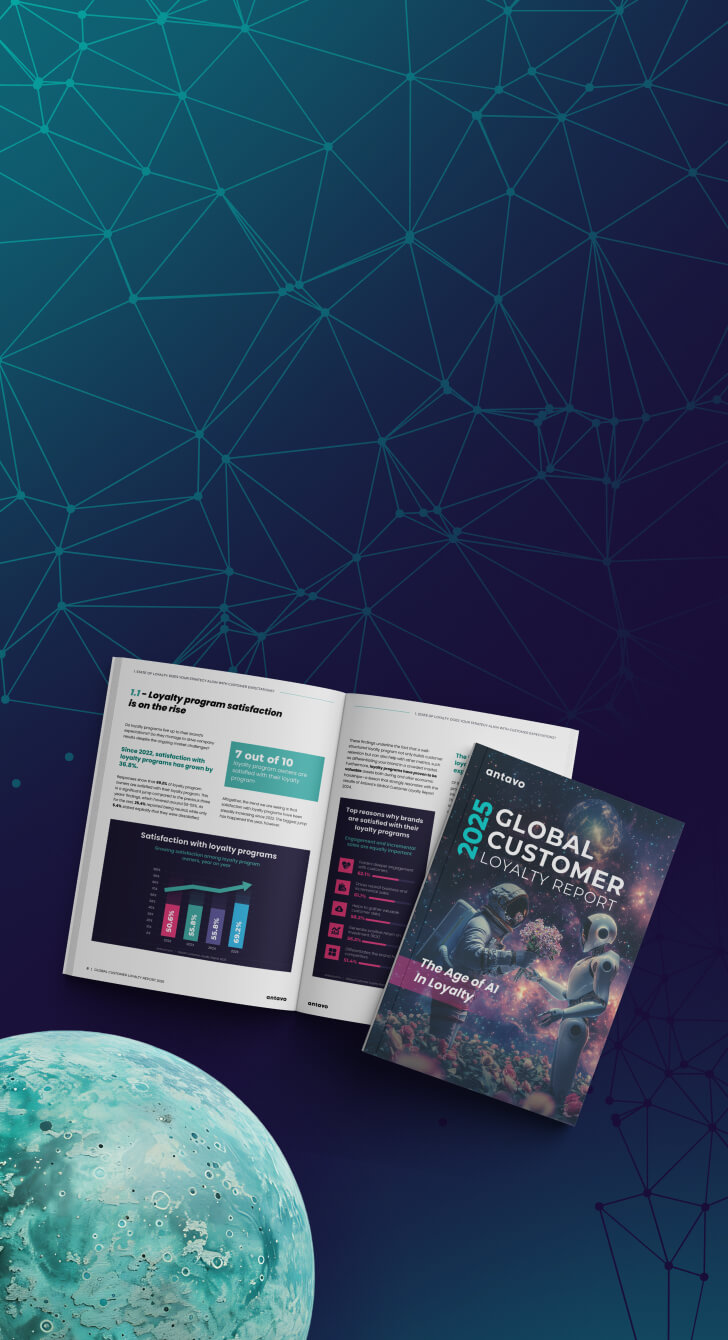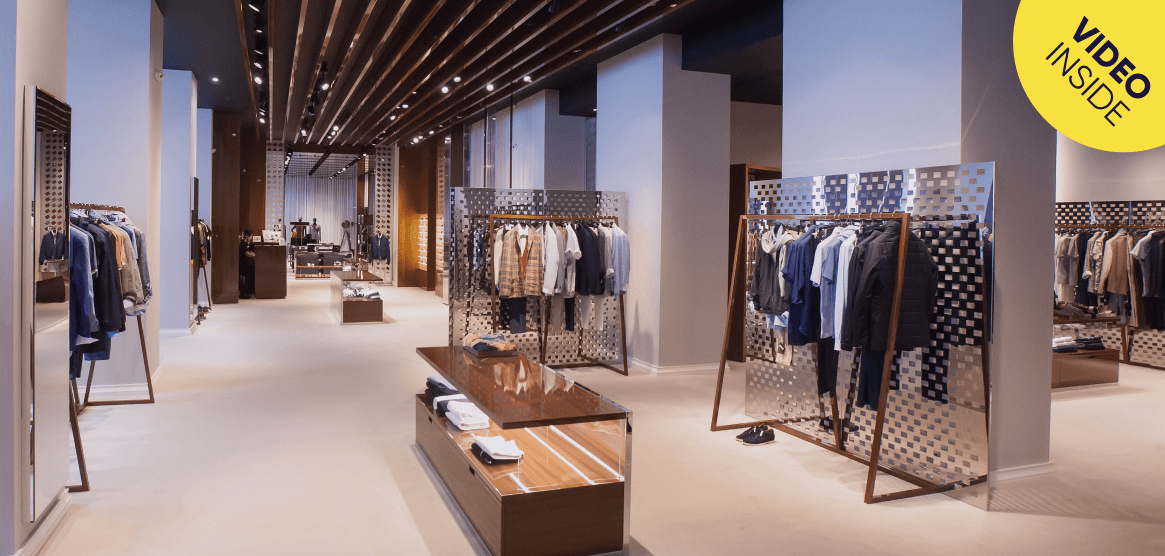There’s a new wave of shoppers on the rise — Gen Z customers. As a savvy marketer, you must learn to understand what makes this younger generation tick, and what loyalty program features you should focus on to appeal to them. Gen Z shoppers are more likely to see loyalty to a brand as an emotional bond based on ‘loving the brand they purchase from’, rather than as a series of transactions. Therefore you need to make sure to find a way into your Gen Z customers’ hearts and create a connection with them so they will stay loyal for many years to come.
Who Are Gen Z Customers?
Generation Z (Gen Z) refers to the generation born between 1997 and 2012, following Millennials. Gen Z customers represent the most tech-savvy customers who have been raised on the internet and social media. They have $360 billion in disposable income, more than double the estimate from three years ago. They’re a generation that is flexible, agile, and ready to face change. At the same time, they come from an age of economic and health crises, political instability, and climate change, which has made them more environmentally and financially conscious bargain shoppers that also value convenience and efficiency. Soon Gen Z will be part of the largest group of customers, which is why companies urgently need to understand their expectations.
Understanding the Gen Z Mindset
Gen Z is the most diverse generation. Inclusivity, open-mindedness, attitudes against gender discrimination, climate change, and marriage equality play an important role in their lives. They don’t know a life without instant, on-demand access to goods and services, entertainment and information. They are hard to reach with advertising; they would rather subscribe for services and spend time in ad-free media spaces. Although they have a love-hate relationship with social media, more than half of Gen Zers say they trust social media influencers to give them good advice about the brands or products they promote. However, influencers need to be consistent with their product reviews and the feedback they give.
What Gen Z Is Looking for in a Loyalty Program
79% of Gen Z love the idea of loyalty programs and 60% think all brands should offer loyalty programs. Gen Z values experiences, charitable donations, “money can’t buy” rewards, and partnership perks more than other generations. According to the For Love or Money™ 2022 customer research conducted by The Point of Loyalty, members of Gen Z (49%) are significantly less focused on financial rewards. Also, Gen Z finds new ways of being rewarded more appealing, such as earning rewards for recycling (93%) and healthy habits (83%).
Let’s see how to appeal to Gen Z values with a loyalty program:
1. Find a Fresh Perspective on Building Loyalty
Make sure to create a loyalty program that is easy to participate in and offers compelling and achievable rewards to keep members engaged. Gen Z are looking for perks like free delivery, discounts, free products, and instant access. And they’re willing to work for those rewards. Free returns and fast delivery matters more to Gen Z than any other generation.
Also, the Millennial patience of waiting 3-5 business days for delivery does not exist in Gen Z’s instant gratification world. Creative surprise and delight gifts and rewards like charitable donations and brand experiences are also important to this group.
Loyalty program example: Kleenex
Kleenex created a surprise and delight campaign during which the tissue brand’s marketing team scoured Facebook for users who had posted about being sick at home with the flu or a cold. Kleenex then compiled a list of bedridden social media users and got in touch with each person’s friends and family in order to arrange for a “Kleenex Kit” full of get-well items to arrive on the sick person’s doorstep within hours of their social media post.

Why it works:
- This kind of surprise & delight strategy is highly effective among Gen Z customers because they tend to be active social media users.
- Experiences like this make customers feel listened to and valued, thus driving loyalty.
- Gen Z is likely to post about this type of spontaneous, creative no-strings-attached experiential reward on social media, which can help you create hype around your brand.
2. Become Truly Omnichannel
eCommerce is seen by Millennials as a tool to make their lives more convenient. Gen Z, on the other hand, who has grown up surrounded by technology, strives for something more real and more hands-on. They are omnichannel shoppers and enjoy the holistic experience of going to a brick-and-mortar store, trying on clothes, and making an instant purchase. Gen Z expects a seamless experience that allows them to interact with your loyalty program on any channel, at any time, and are likely to value app-based interaction, too. For instance, allow customers to scan a QR code displayed in the store while standing in line. By the time they arrive at the check-out counter, their welcome coupon will be ready for redemption.
Loyalty program example: Starbucks
The goal of Starbucks’ omnichannel loyalty program is a more personalized and frictionless customer experience. Their program is focused on keeping customers actively engaged with the brand. Members can interact through advertising, social media, website, and brick-and-mortar stores. The company has also improved its mobile marketing by seamlessly incorporating its loyalty program into its app. The app makes it easy to see how many “stars” (points) members currently have, as well as to place orders for pickup at their nearest Starbucks location.

Why it works:
- Offering seamless integration and consistent messaging across all channels builds long-term relationships with customers.
- The loyalty program drive customer engagement, thus boosting customer loyalty.
- The Starbucks app gives an incentive for customers to engage with the business both online and in stores.
3. Ensure Unforgettable In-store Experiences
Gen Z customers like to shop in brick-and-mortar stores, so strive to deliver positive in-store experiences because Gen Z customers have high expectations. If the in-store experience is not to their liking, they won’t hesitate to switch brands — 25% of them will refrain from making a repeat purchase in case of a poor encounter. To enhance their shopping experience, consider adding loyalty program rewards like a digital concierge service, smart mirrors, priority checkout, or an in-store stylist. These kinds of experiences will help to strengthen their emotional bond with your brand. Brands can improve the in-store shopping experience by collecting data on customer behavior and investing in technologies that enable a personalized store experience.
Loyalty program example: Love, Bonito
One of the most alluring perks of Love, Bonito’s loyalty program is that it offers its Gold tier members the option to book a complimentary private session with one of the brand’s Style Ambassadors. The book-a-stylist privilege provides an unforgettable in-store experience for members. By making this feature a members-only benefit, the women’s fashion brand is able to drive multiple important business KPIs, offer truly personalized service and create an omnichannel experience.

Why it works:
- This reward drives virality on social media when members share their stylist stories.
- It’s an excellent way of drawing online customers into the retail space.
- The benefit is like having a store associate in their pocket.
4. Encourage Members to Involve Their Friends
While Millennials are more likely to write reviews, Gen Z is more likely to refer friends to their favorite brand, share social media content, play a game, or watch videos. They also buy from brands based on friends’ recommendations. According to Forrester, 47% of US adult Gen Zers say they rely on suggestions from friends or family before making a purchase while Millennials prefer to discover shopping ideas on websites such as Amazon or Target. Recommendations from influencers also stand out among Gen Z (11%) as compared to Millennials (7%).
Loyalty program example: Dropbox
As a generation with far less trust in traditional advertising, brands should ensure they encourage Gen Z customers to make referrals by incentivizing them with desirable rewards as part of their loyalty program offerings.
Dropbox incentivizes friend referrals by rewarding both sides for completing the desired task — registering for Dropbox. With the Basic account, members get 500 MB per referral and can earn up to 16 GB, but for users with Plus and Professional accounts, the reward can include as much as 32 GB of storage space.
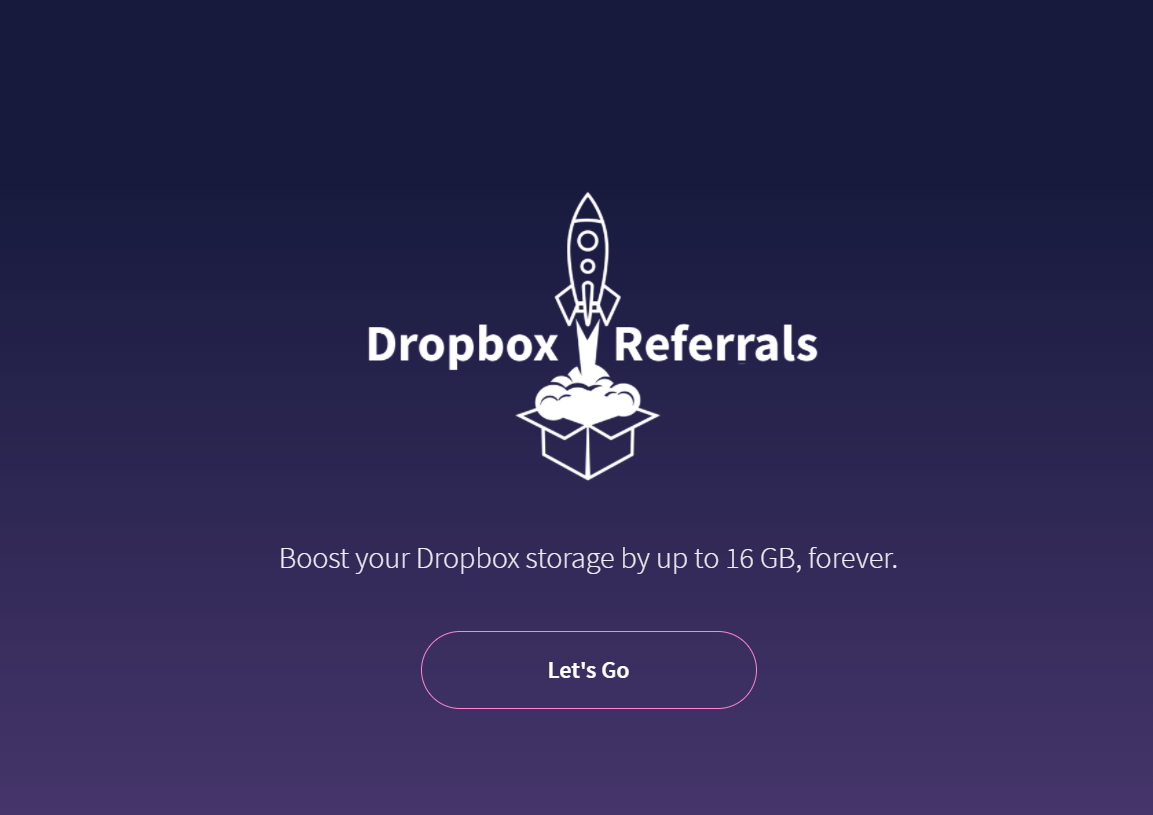
Why it works:
- Offering members extra points or benefits for friend referrals motivates them to invite more people from their network.
- It’s a great way to increase word-of-mouth.
- Brands are able to identify their most devoted customers and reward them accordingly.
5. Sprinkle in Some Fun With Gamification
Gen Z customers love games. According to BCG, 65% of Gen Z customers have spent money on a virtual item that exists only within the confines of a video game. That’s why applying game-like elements to your rewards program can help to hook your customers and keep them engaged. Gamification encourages members to interact with your brand more regularly and purchase more frequently. These types of activities can also build a strong sense of community and provide your company with new opportunities to collect data about customers.
Loyalty program example: Tmall
Tmall, China’s largest cross-border business-to-consumer online marketplace, launched an avatar game on their app where users can customize their 3D characters and complete daily challenges to earn points. The Tmall App also allows users to take pictures with each other’s avatars and post them. Plus they can earn extra points for completing different tasks.
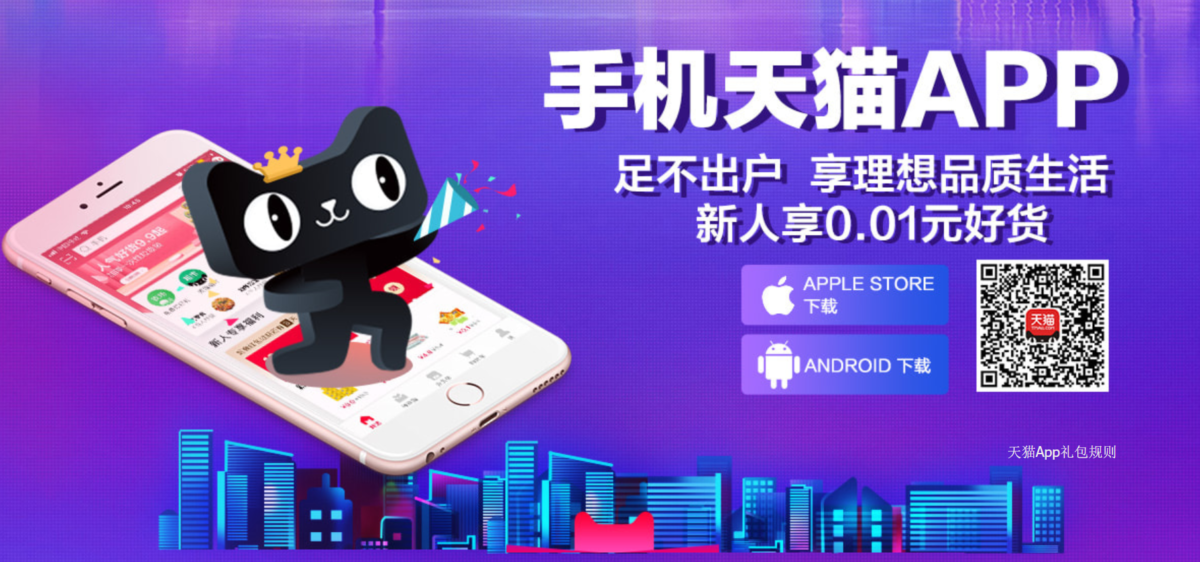
Why it works:
- The loyalty program includes a social component that helps build a like-minded community.
- Creating a personalized loyalty game enables better engagement with customers.
- The rewards program supports creating a deeper relationship with members outside of the buying cycle as well.
6. Support Sustainability
Both Millennials and Gen Z are more financially and environmentally conscious and likely to make purchase decisions based on their values. 90% of Gen Z says they are more willing to purchase products that they deem beneficial to society. They are also more aware and vocal about societal issues and environmental sustainability. They expect brands to do their part in supporting good causes and alleviating global issues. The majority of Gen Z shoppers prefer sustainable brands and are even willing to spend an additional 10% for eco-friendly products. In fact, 3 out of 4 Gen Z consumers prioritize sustainability over the brand name when it comes to making purchases.
Loyalty program example: H&M
The H&M loyalty program rewards customers for making more sustainable choices. Members receive Conscious points every time they purchase a Conscious item. Conscious points can also be earned by recycling clothes customers no longer use in H&M’s Garment Collecting program. Members who recycle receive points and a digital voucher.
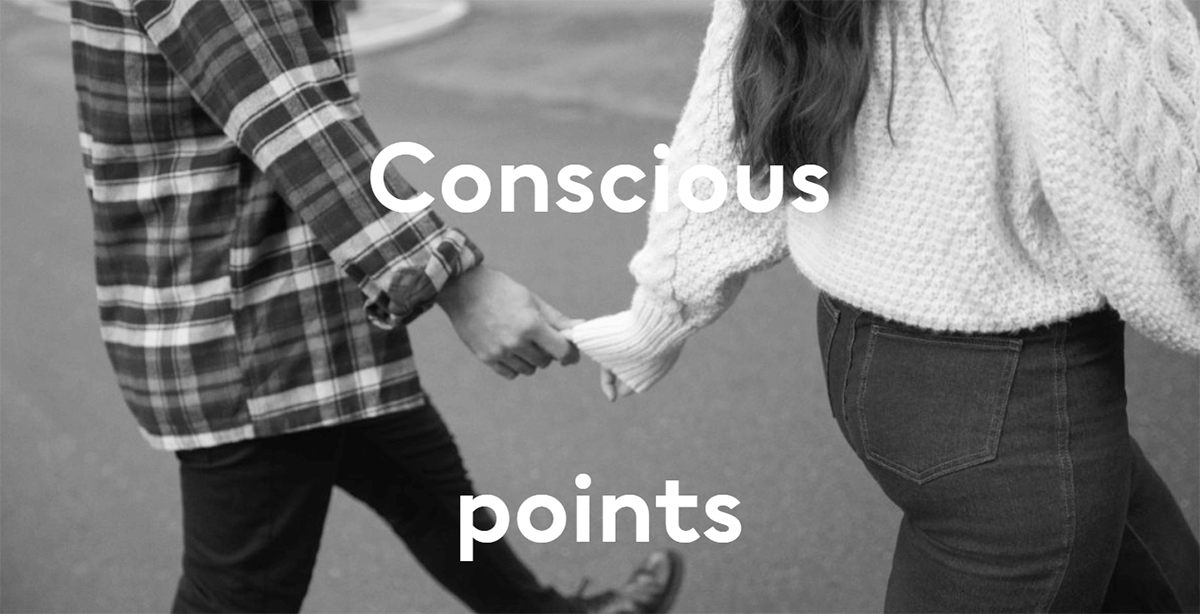
Why it works:
- The company is rewarding members’ lifestyle choices in addition to transactions.
- Members can feel good for becoming a part of a community that is working towards creating a more sustainable fashion future.
- Customers can also pick climate-smart delivery to make even their shipping greener.
7. Communicate With Gen Z Through Relevant Offers
Gen Z customers are looking for more personalized experiences that are meaningful. Based on their purchase history, offer them coupons related to their favorite products. You can also add gamified surveys to your loyalty program as they not only make profiling fun and engaging, but they’re also an excellent source of zero-party data. Keep in mind that while 75% of Gen Z and Millennials are willing to share personal information with a brand in exchange for a more personalized experience, that doesn’t mean that privacy isn’t important to them. So consider strategies to protect customer privacy in order to foster trust and transparency.
Gen Z shoppers also prefer when retailers provide suggestions based on their purchase history. The majority of Gen Zers want to receive personalized recommendations via an app while browsing in-store.
Loyalty program example: Chipotle
Chipotle, the American chain of fast-casual restaurants, has one of the fastest-growing loyalty programs in the history of the industry. The company uses its CRM system to connect more deeply with its Chipotle Rewards members by taking them on “personalized food journeys”. Chipotle is improving the digital experience for customers by occasionally sending personalized emails based on purchase history.

Why it works:
- The company focuses on keeping the needs of their customers at the center of their efforts with purpose-driven messaging.
- Chipotle’s promotional messages boost engagement.
- The company reinforces awareness around their core mission, which revolves around health and sustainability. Those values are very important for Gen Z.
Building Loyalty That Lasts a Lifetime With Gen Z Customers
Gen Z customers want to be recognized for every action they take with your brand. They are willing to complete brand-valuable activities including filling out surveys, writing reviews, and playing games in return for rewards. To target this generation, brands must maximize engagement opportunities available in the program to keep members active between purchases. Brands that take a thoughtful approach to program design and invest in personalization have the opportunity to win the loyalty of this important generation of customers.
Meanwhile, to help you with creating a reward system that keeps customers coming back, download our ebook. To discuss the possibilities, book a demo or send us an RFP.
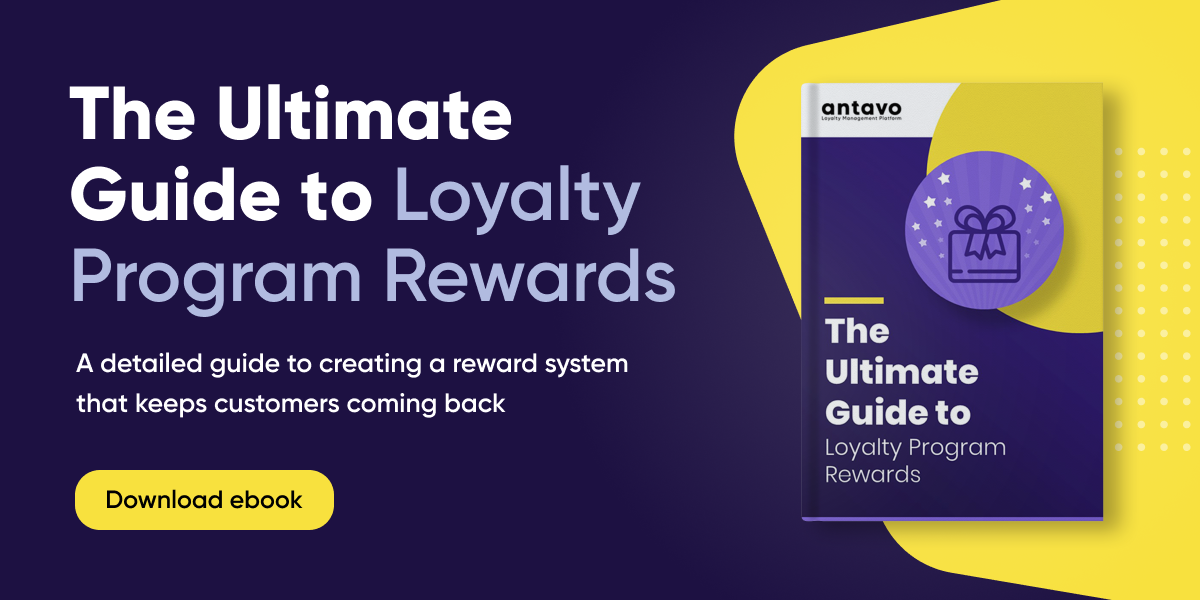
Barbara is a Loyalty Program Specialist at Antavo and a Certified Loyalty Marketing Professional - CLMP. She is also a writing expert with several years of experience in marketing and also in the information technology industry. In her free time she likes traveling the world, reading crime stories, and doing crossword puzzles.
